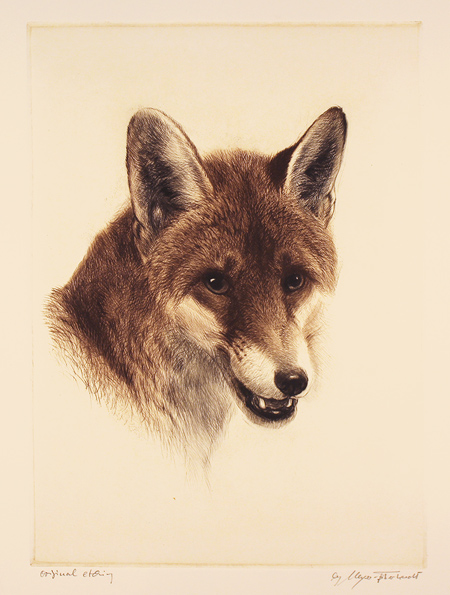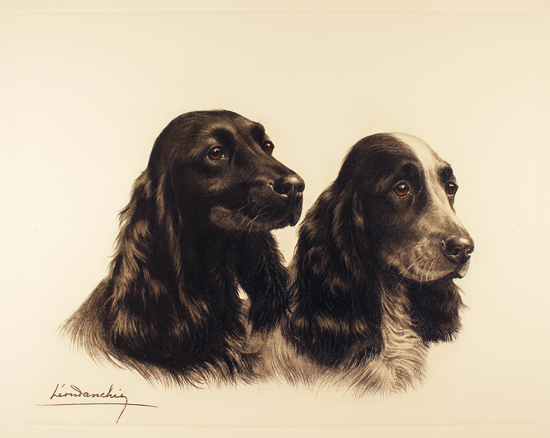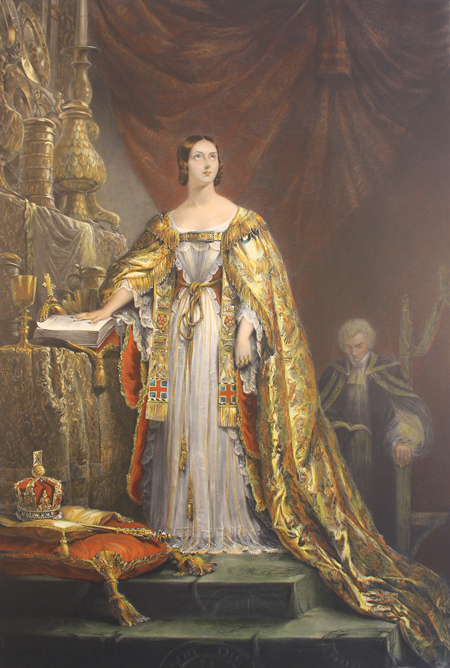
Engravings and etchings are unique artworks produced through the printmaking process. From the creation of the plates to the hand-colouring of the resulting engravings or etchings, the entire printmaking process is a work of art in itself.
Engravings and etchings are similar techniques of printmaking, in that the image on the plate is formed by lines and crevices incised at varying depths below the surface. This allows for a unique depth of tone in both methods of printmaking.
Engravings are the result of engraving, a process in which images are created by manually making incisions into copper and steel plates. The incisions are made by a highly skilled engraver, with varying widths and depths that translate the shading and tone of the artist’s original work.
Etchings employ the use of acid to make incisions. This is done by coating the plates with a ‘ground’, an acid-resistant medium such as wax. The artist then draws the image onto the ground, exposing portions of the metal. When the acid is applied, it bites into the exposed metal and incises lines that correspond to the image.
The production of each individual hand-coloured engraving requires immaculate attention to detail. The craft printer must first assess the intended result of the original artist and engraver, and mix inks in tone and consistency to suit, inking and wiping in a skilful manner to achieve a new artwork that would satisfy both artist and engraver. Once the printed engravings have dried, each individual print is then hand-coloured by an artist. The results justify the effort of the process, making each print a new original that visibly demonstrates the skill of all involved.
Exhibitions at York Fine Arts featuring Engraving:
Available Artworks

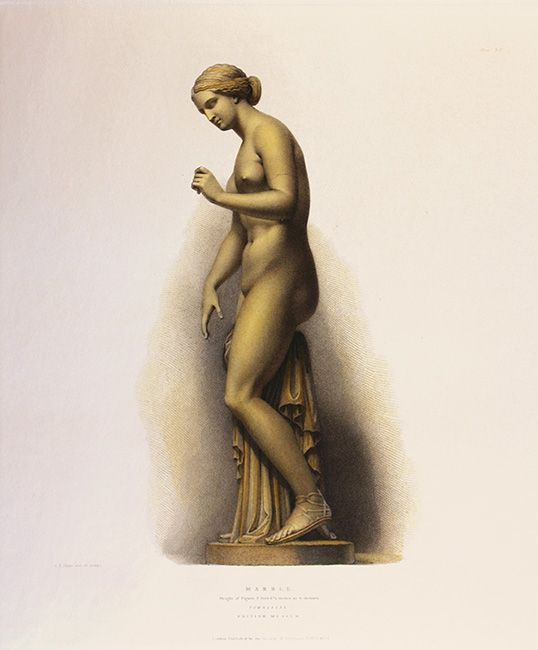
EngravingHand coloured restrike engraving Marble
£ 285.00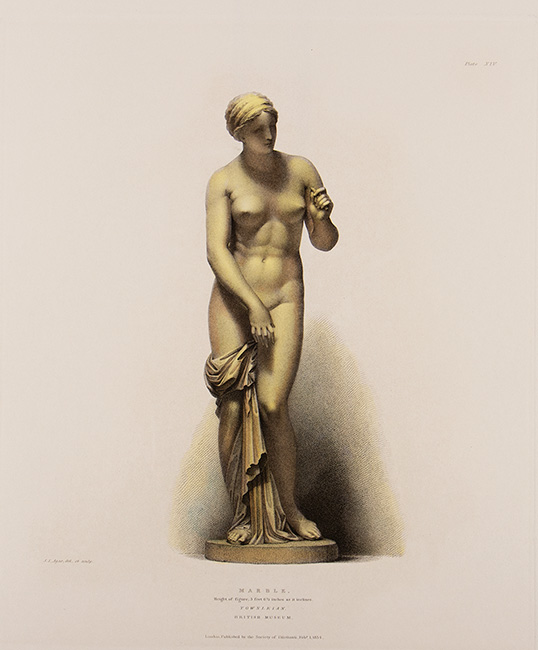
EngravingHand coloured restrike engraving Marble
£ 285.00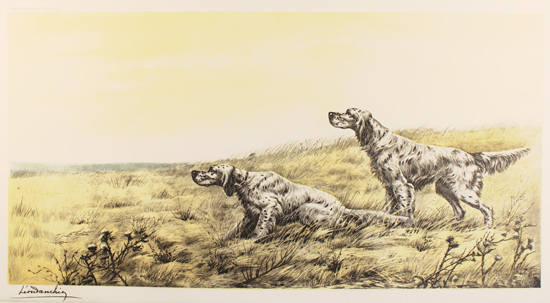
EngravingHand coloured restrike engraving English Setters in Field
£ 248.00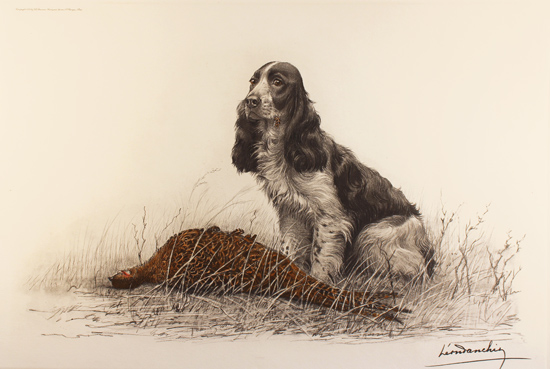
EngravingHand coloured restrike engraving Cocker Spaniel and Pheasant Hen
£ 248.00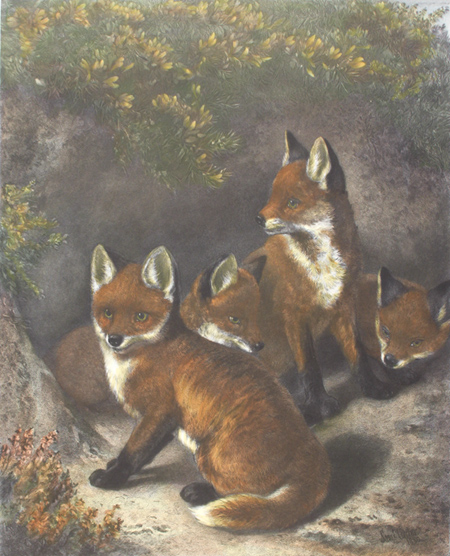
EngravingHand coloured restrike engraving Young Freebooters
£ 248.00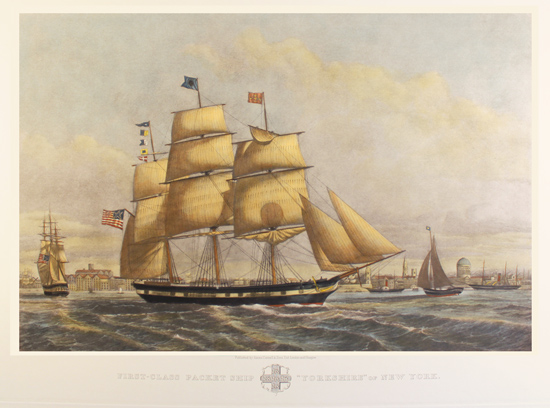
EngravingHand coloured restrike engraving The Yorkshire
£ 220.00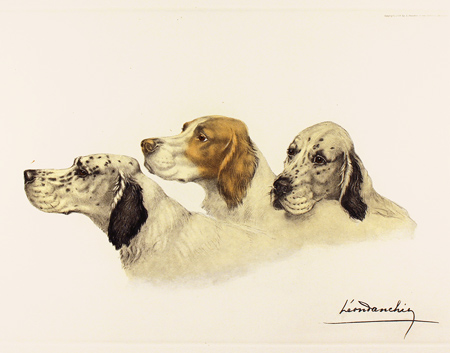
EngravingHand coloured restrike engraving Three Setters
£ 172.00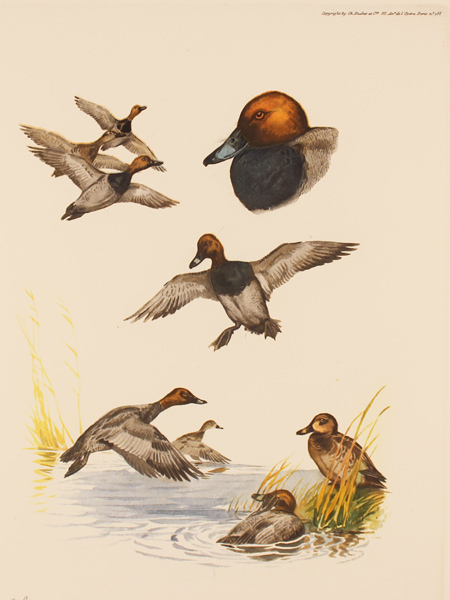
EngravingHand coloured restrike engraving Pochard Duck
£ 110.00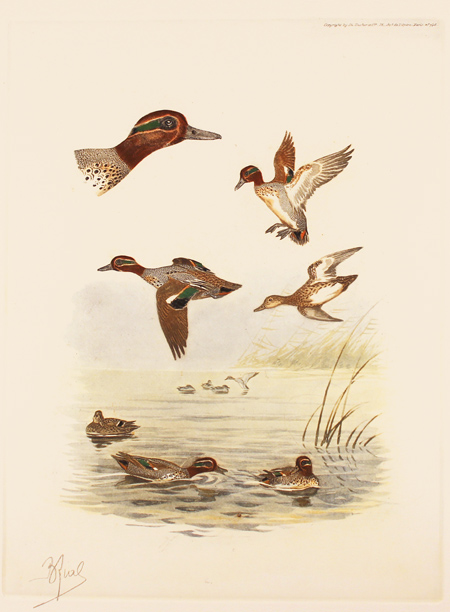
EngravingHand coloured restrike engraving Teals
£ 110.00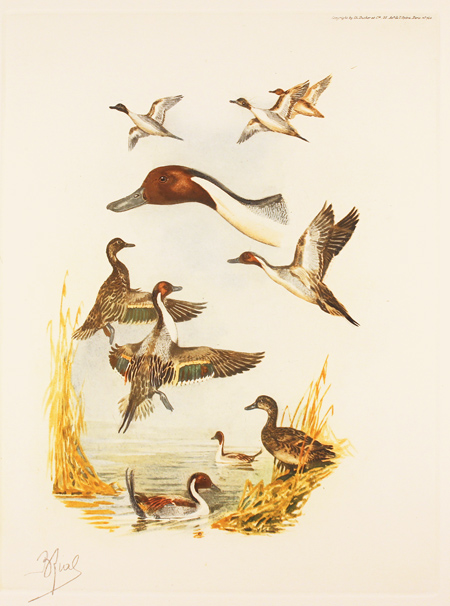
EngravingHand coloured restrike engraving Pintail Ducks
£ 110.00A Selection of Sold Artworks
If you have purchased an artwork displayed below and would prefer the listing to be permanently removed, please feel free to contact us by email or telephone.
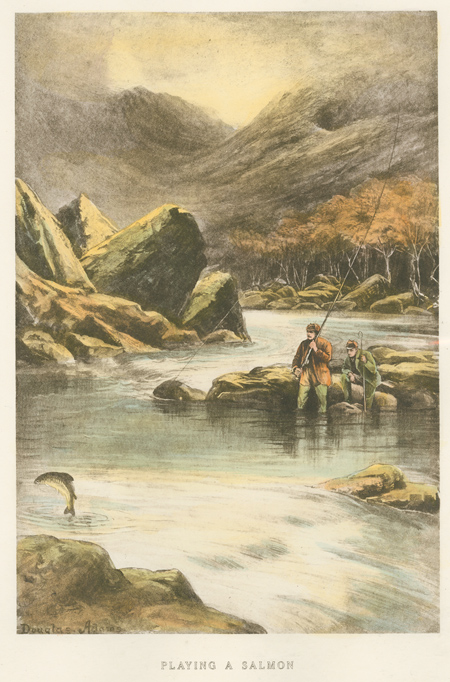
EngravingHand coloured restrike engravingPlaying a Salmon
£ Sold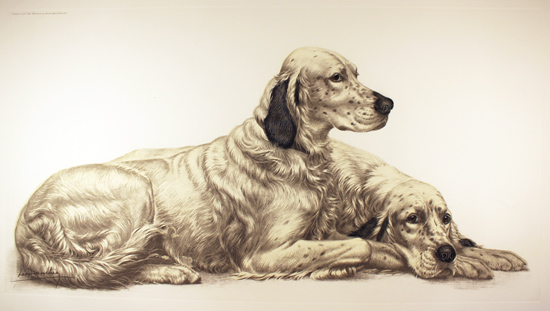
EngravingHand coloured restrike engravingEnglish Setters at Rest
£ Sold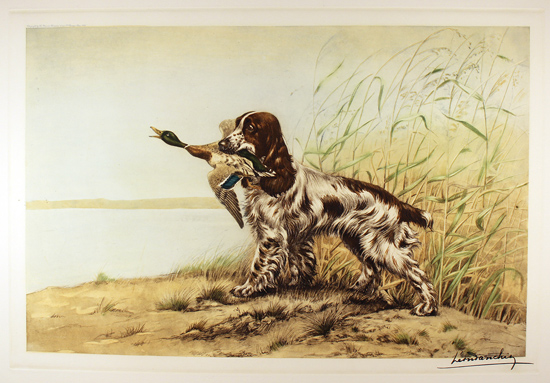
EngravingHand coloured restrike engravingCocker Spaniel and Duck
£ Sold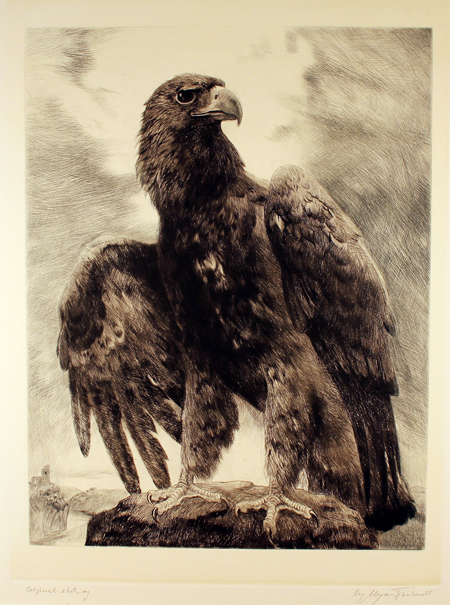
EngravingEngravingEagle
£ Sold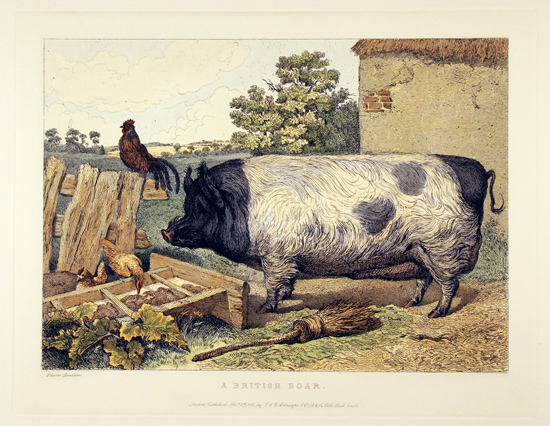
EngravingHand coloured restrike engravingBritish Boar
£ Sold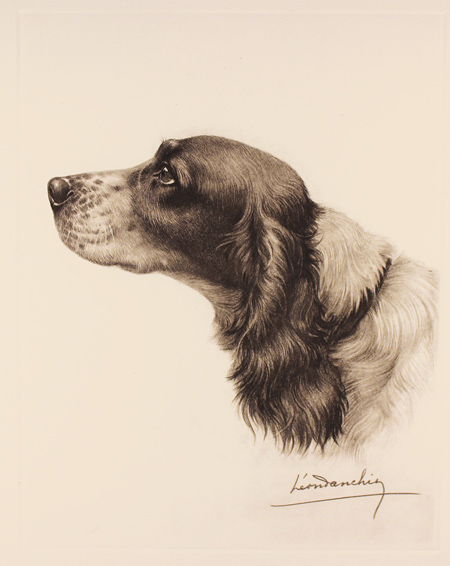
EngravingHand coloured restrike engravingBlack and White Cocker Spaniel
£ Sold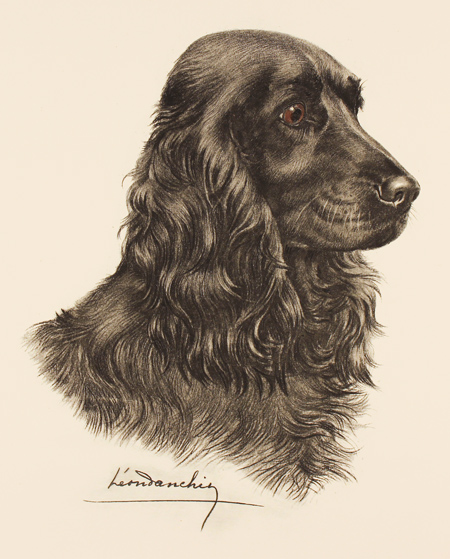
EngravingHand coloured restrike engravingBlack Cocker Spaniel
£ Sold